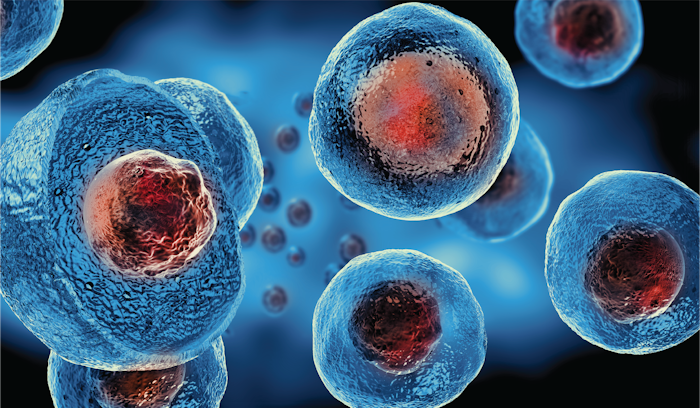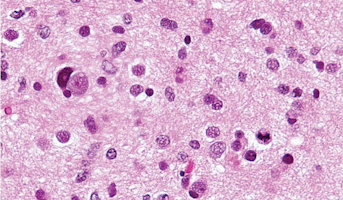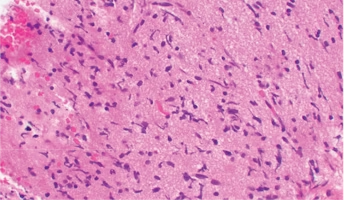
About this
Project
Diffuse intrinsic pontine glioma (DIPG) is an aggressive type of brainstem cancer that targets young children. Complete surgical removal is not possible, and chemotherapy and radiotherapy are currently only effective in controlling pain and discomfort. New therapies are greatly needed to combat the poor prognosis of this cancer but they can not be developed without further research. While sequencing DNA gives a genetic profile of a tumor, sequencing RNA reflects only the sequences that are actively expressed in the cells leading researchers to new possible therapeutic targets. Therefore, researchers on this project will be analyzing the RNA sequencing data from pediatric brain cancer patients. Researchers will expand their current sample size with access to RNA sequencing data from the Pediatric Brain Tumor Atlas.
Ask The
Scientists
What are the goals of this project?
Researchers will analyze RNA sequencing data in an effort to identify new targets for therapy for patients with DIPG.
What is the impact of this project?
Researchers in this project seek to identify new therapeutic targets that will propel the development of new targeted therapies for patients with DIPG.
Why is the CBTN request important to this project?
Researchers need comprehensive data on rare pediatric brain cancers to complete this work, and the Pediatric Brain Tumor Atlas provides them with enough to considerably expand their dataset.
Specimen Data
The Children's Brain Tumor Network contributed to this project by providing access to the Pediatric Brain Tumor Atlas.
Meet The
Team
Institutions

Primary
Children’s National Hospital
Joined onEach year, the Brain Tumor Institute at Children’s National evaluates more than 100 new patients with brain tumors, and is recognized as a world leader in childhood brain tumor care and research. Children’s National has pioneered novel pediatric brain tumor therapies, including new molecularly-targe

University of Pennsylvania
related
Histologies

High-Grade Glioma
High-grade Gliomas (HGG) or astrocytomas in children nearly always result in a dismal prognosis. Although novel therapeutic approaches are currently in development, preclinical testing has been limited, due to a lack of pediatric-specific HGG preclinical models. These models are needed to help test

Diffuse Intrinsic Pontine Glioma
A presumptive diagnosis of DIPG based on classic imaging features, in the absence of a histologic diagnosis, has been routinely employed. Increasingly however, histologic confirmation is obtained for both entry into research studies and molecular characterization of the tumor.[5] New approaches with




